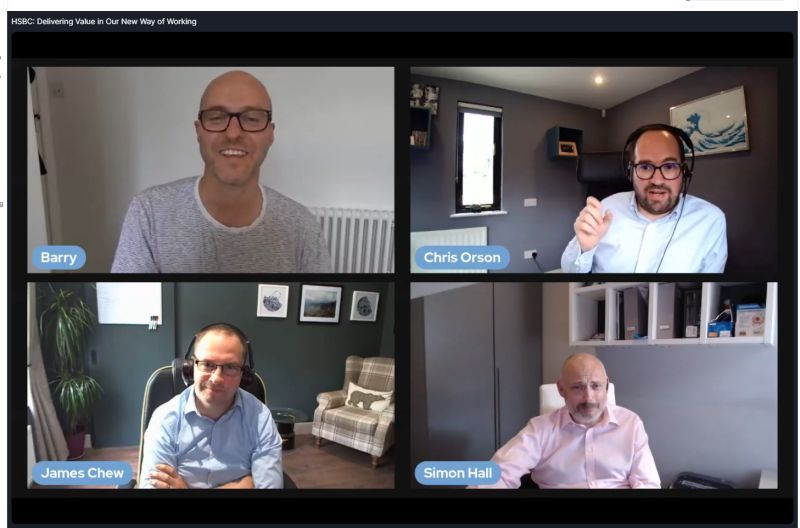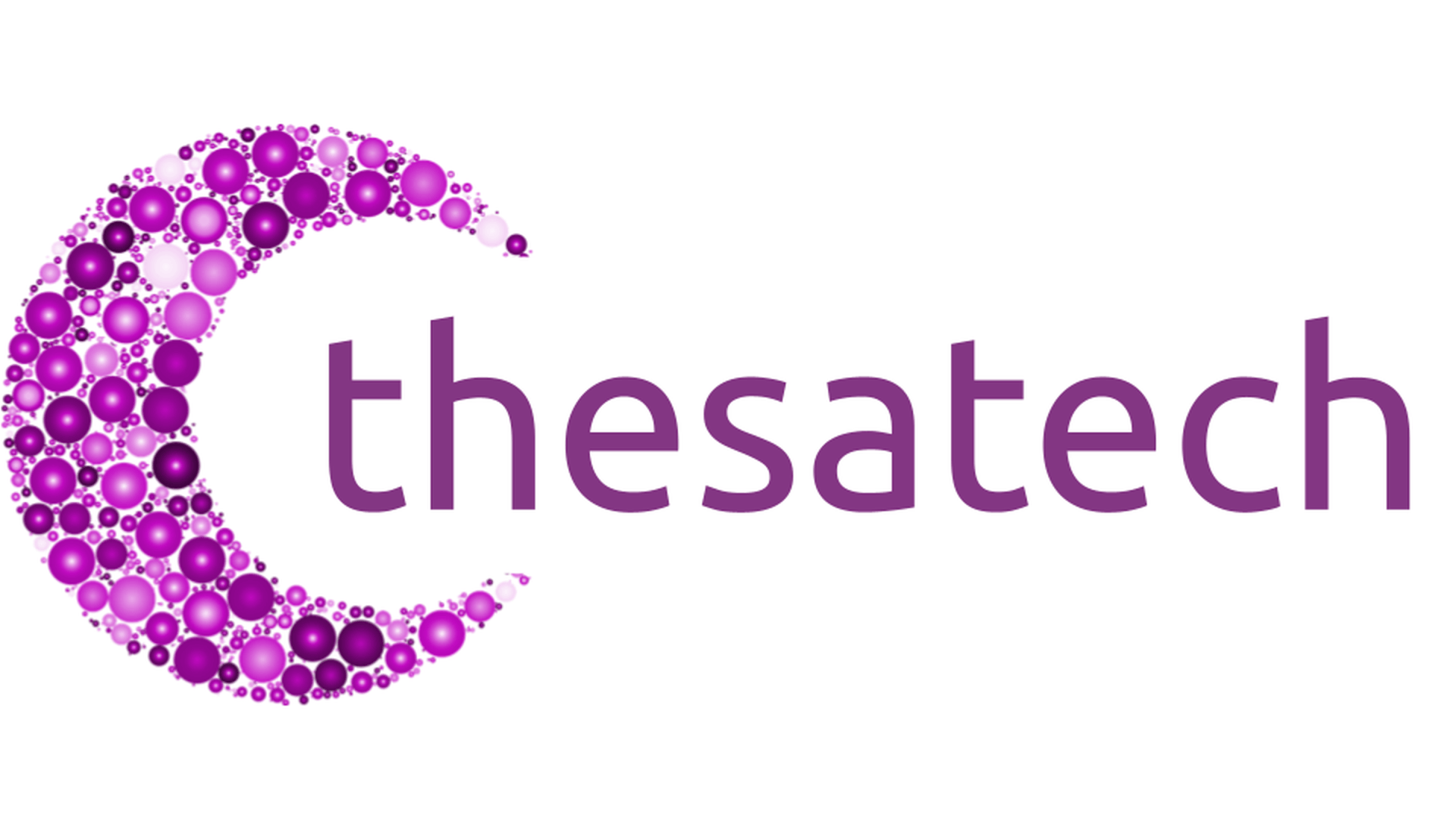Lessons from Day 1 of SEACOM Enterprise Agility Month conference
Delivering value with new ways of working

The Enterprise Agility Month organised by SEACOM – Study of Enterprise Agility Community kicked off on 6th July.
This is the second year the conference is virtual. In the past the annual conference was a full day event with multiple stages and discussion forums where attendees shared learnings, experiences and had many meaningful conversations covering vast array of topics that together make up Enterprise Agility.
This year the event is spread over 4 weeks. Each week has a theme. The theme for the first week is Leadership and Strategy.
https://www.seacom.online/enterprise-agility-month
On day one, we learnt how the HSBC Securities team is delivering value with their new ways of working. Chris Orson, the head of the ways of working in HSBC Securities Services led a panel discussion with Simon Hall, James Chew and Anna Luccock. Barry Chandler then hosted the Q&A session followed by group discussion. You can read more about it in this SEACOM post.
Adrian Jones from Tasktop shared the importance of measuring flow in software delivery.
Below are my key takeaways from the panel discussion and hope they help you too. Either as a reassurance that you are on the right path and people are actually benefiting with the approach or to get a few nuggets that may help you iterate and improve your current journey in your teams.
Reflecting on the discussion, I found four themes:
- it is a continuous journey and not a programme;
- leadership is critical and leaders as well as teams need learning support too;
- although it is not about frameworks it helps to know them, organising teams aligned to value they deliver works better; and finally
- technology architecture and data is one of the most important enablers.
The change is continuous and is not a “programme”.
Even after many months of learning and adapting to work in the new ways and proving value , the team considered that their journey has only just begun. They consider to be at the “basecamp” of their journey.
The ways of working is not an out-of-the-box framework to apply as a one-size-fits-all to all the teams. First, it is about being absolutely clear of the outcomes that everyone is aiming for by changing the way we work. These outcomes must resonate with the executive leadership and support the business goals.
Then, learning from the vast body of knowledge that exists on enterprise agility. Adapting and trying the approach what works for each team whilst delivering the same outcomes.
Executive leadership is critical and leaders need learning support.
It is critical to get the executive leadership to be solidly behind the approach. The best way to do that is to ensure that the outcomes are the same that the execs are concerned about and then demonstrate that the new ways deliver value quicker, better and perhaps cheaper than before.
Important to have a learning initiative and leadership learning support. Change is hard, people are naturally resistant to change. Leading change is harder but can be learnt. The leaders at all levels also need training and support. HSBC recognised this and have put in place a continuous learning initiative. Leaders have to trust and empower the teams. Create environment and provide psychological safety to teams so they are truly empowered to experiment and improve. Learning initiatives help the leaders to monitor their own behaviours and adapt them to create that environment.
Organising teams aligned to the value streams help improve collaboration and flow of value to clients.
Frameworks help but it is important to be able to learn and adapt those to the specific context of each team. They organised the teams to be value streams aligned. The teams are working very closely with the clients (both internal and external consumers of their product). The fast feedback loop ensures right value is being delivered quicker and the consumers feel part of the solution being built. That in-turn builds trust.
The frameworks help with the learning but teams should be open to apply the principles and adapt it to their context.
Finally, the technology architecture and data must enable agility.
Agility is measured by delivering working solution that deliver goals for the consumers. The underlying technology must to support the delivery of value in quicker iterations. Data must be available to those who need it at the right time and people must be able to trust that data. Over the last 3 years they are on a journey toward a data-mesh platform. The platform has helped to give the power of the data to the consumer apps that need that data. The primary driver for the change is time to market and by changing the underlying tech architecture, using cloud and adopting the data mesh have helped them to reduce the end-to-end delivery of an idea from many months to two weeks.
In the Q&A I asked how did you build trust with your leaders and with your clients? The response was very enlightening:
"by being very clear about the outcomes from the beginning. The executive leadership have the same frustrations on time to market, the cost of change and the impact of disruptors and being able respond to these disruptors quickly. Demonstrating that the ways of working are delivering improvements against these outcomes built leadership's trust and got their support."...
"by delivering value. Seeing is believing. When the clients see that a working solution is being delivered within two weeks, they engage and help. That builds trust. In 2018 there was a big migration project with over 100 people, 80 of them co-located in London with walls filled up outcomes, dependencies and risks. It was very visual and when the teams started delivering vast quantities every two weeks, people wanted to come and see what was going on and that built momentum. They could see that even though there was no RAG status against plans, there is enormous amount of detailed and robust thinking that has gone on. The delivery built trust."...
"Previously PoCs would take 9 months or more, now the clients can see working functions within two weeks that will allow them to test and validate their business decisions. This builds trust."...
"by empowering the teams to get on with things. There are 9-10 teams that all have different context. Smaller and smaller components being released faster and faster. There is no way one leader can control and manage all that planning. So the best way is to work on the vision and the outcomes with the teams and then trust them to deliver, trust them to get on with it. When smaller set-backs happen ensure there is learning but no blame, that's how the psychological safety is built."
Adrian Jones talked about the value of flow in software delivery and the flow distribution units. The work is informed by the famous book by Mik Kersten – from Projects to Products. Adrian talked about the four flow distribution units – Features, Risks, Defects and Debts and how these are mutually exclusive and collectively exhaustive metrics for measuring flow in software delivery.
Looking forward to the rest of the #EnterpriseAgilityMonth.




